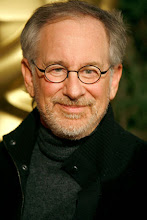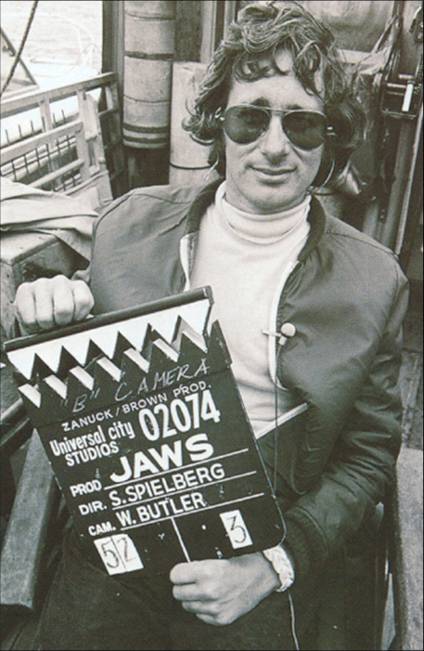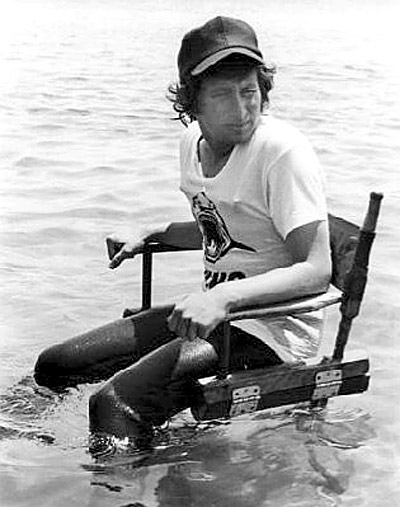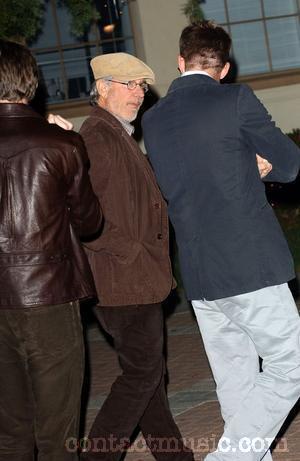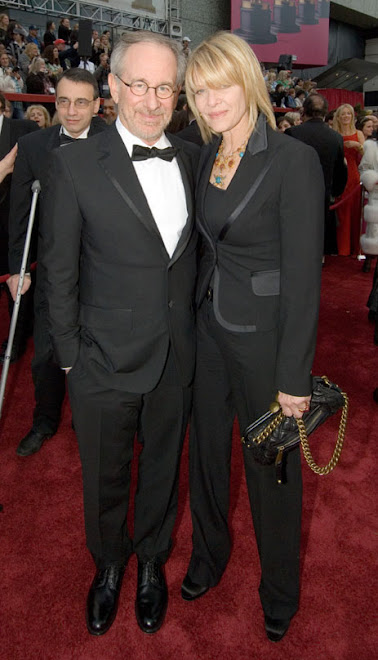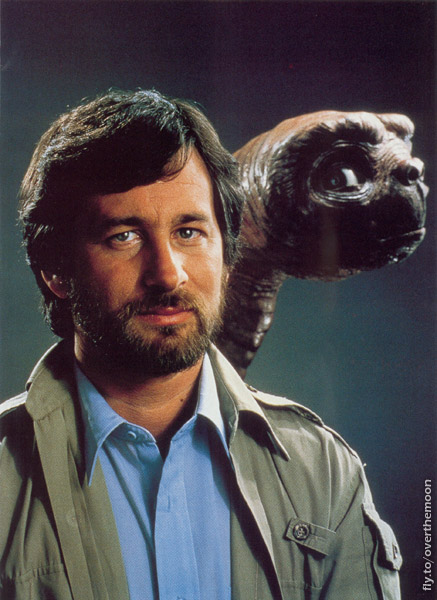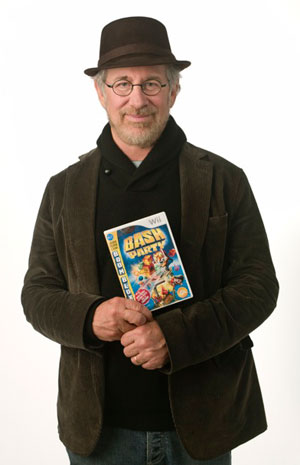Spielberg was born in Cincinnati , Ohio Haddon Heights , New Jersey Scottsdale , Arizona Phoenix Scottsdale
In 1958, he became a Boy Scout and fulfilled a requirement for the photography merit badge by making a nine-minute 8 mm film entitled The Last Gunfight. Spielberg recalled years later to a magazine interviewer, "My dad's still-camera was broken, so I asked the scoutmaster if I could tell a story with my father's movie camera. He said yes, and I got an idea to do a Western. I made it and got my merit badge. That was how it all started." At age 13, Spielberg won a prize for a 40-minute war film he titled, Escape to Nowhere. In 1963, at age 16, Spielberg wrote and directed his first independent film, a 140-minute science fiction adventure called Firelight (which would later inspire Close Encounters). The film, which had a budget of US$500, was shown in his local cinema theatre and generated a profit of $1.00.He also made several WWII films inspired by his father's war stories.
After his parents divorced, he moved to Saratoga , California Arizona Arcadia High School Phoenix , Arizona Saratoga High School Saratoga , California
Spielberg attended synagogue as a young boy in Haddon Heights , NJ
As a child, Spielberg had a hard time accepting his family's religion. “It isn’t something I enjoy admitting,” he once said, “but when I was 7, 8, 9 years old, God forgive me, I was embarrassed because we were Orthodox Jews. I was embarrassed by the outward perception of my parents’ Jewish practices. ... I was never really ashamed to be Jewish, but I was uneasy at times. My grandfather always wore a long black coat, black hat and long white beard. I was embarrassed to invite my friends over to the house, because he might be in a corner davening [praying], and I wouldn’t know how to explain this to my WASP friends.”
Spielberg also suffered from acts of anti-Semitic prejudice in his early life. He later said, "In high school, I got smacked and kicked around. Two bloody noses. It was horrible."
After moving to California California State University Long Beach Long Beach State
As an intern and guest of Universal Studios, Spielberg made his first short film for theatrical release, the 24 minute film Amblin’ (1968), the title of which Spielberg later took as the name of his production company, Amblin Entertainment. After Sidney Sheinberg, then the vice-president of production for Universal's TV arm, saw the film, Spielberg became the youngest director ever to be signed for a long-term deal with a major Hollywood studio (Universal). He dropped out of Long Beach State










